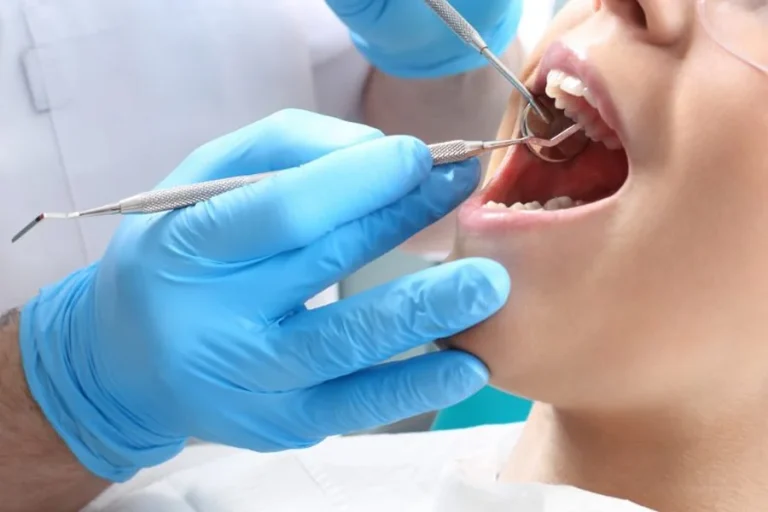Caring for your teeth is key to maintaining overall health. Regular visits to a Smithfield dentist can catch the small issues before they become big problems. Dentists use several preventive tools to keep your smile healthy and strong. These tools help stop cavities, gum disease, and other common dental issues. They focus on protecting the teeth’s surface and roots. In this blog, you will learn about four common tools that general dentists use to prevent dental problems. Understanding these tools empowers you to take an active role in your dental health. Prevention is simpler and less painful than treatment. Regular check-ups, cleanings, and the right tools ensure your teeth stay in great shape. General dentists provide a range of services to maintain your smile. By learning about these tools, you arm yourself with the knowledge to make informed dental care decisions. Prioritize your dental health today.
1. Fluoride Treatments
Fluoride is a natural mineral that strengthens enamel and prevents decay. Dentists apply fluoride treatments to make your teeth more resistant to acid attacks from plaque bacteria and sugars. This simple application can effectively reverse early decay stages. According to the Centers for Disease Control and Prevention (CDC), fluoride use has significantly reduced the prevalence of cavities over the past few decades.
2. Dental Sealants
Dental sealants are thin, protective coatings applied to the chewing surfaces of back teeth. These sealants quickly bond into the grooves of the teeth, forming a shield over the enamel. This tool is especially useful for children and teenagers who are prone to cavities. The American Dental Association (ADA) recommends sealants for kids as soon as their permanent molars come in. Sealants can prevent up to 80% of cavities in the back teeth, where most occur.
3. Professional Teeth Cleaning
Regular professional cleanings keep your teeth free of plaque and tartar. During a cleaning, the dental hygienist uses special tools to remove deposits that brushing and flossing might miss. This process lowers the risk of cavities and gum disease. Cleanings also polish the teeth, removing surface stains and making your smile brighter. Consistent cleanings, typically every six months, are essential for maintaining oral health.
4. X-Rays
X-rays provide a detailed look at the structures inside your mouth. They reveal hidden decay, bone loss, and other issues not visible to the naked eye. Dentists use x-rays to monitor changes over time and to catch problems early. Early detection means simpler, less invasive treatments. The American Dental Association provides guidelines on the frequency of x-rays based on your age and risk factors.
Comparison of Preventive Tools
| Tool | Purpose | Frequency |
|---|---|---|
| Fluoride Treatments | Strengthen enamel and prevent decay | Every 3-12 months |
| Dental Sealants | Protect teeth from cavities | Once on new permanent molars |
| Professional Teeth Cleaning | Remove plaque and tartar | Every 6 months |
| X-Rays | Detect hidden dental issues | Based on individual needs |
Emphasizing Prevention in Dental Care
Prevention is the cornerstone of dental care. By using these tools, you can avoid extensive and expensive treatments. Establish a routine that includes regular dental visits and home care habits such as brushing and flossing. This approach ensures that your teeth remain healthy for life.
Children should start dental visits by their first birthday, as suggested by the CDC. Building a strong foundation early in life encourages long-term dental health. Encourage young ones to see dental care as a positive, essential part of overall well-being.
Conclusion
Understanding and utilizing these preventive tools empower you to take control of your dental health. Regular dental visits, combined with fluoride treatments, sealants, cleanings, and x-rays, form a comprehensive approach to maintaining a healthy smile. Stay proactive and aim for prevention to ensure a lifetime of strong and healthy teeth.

